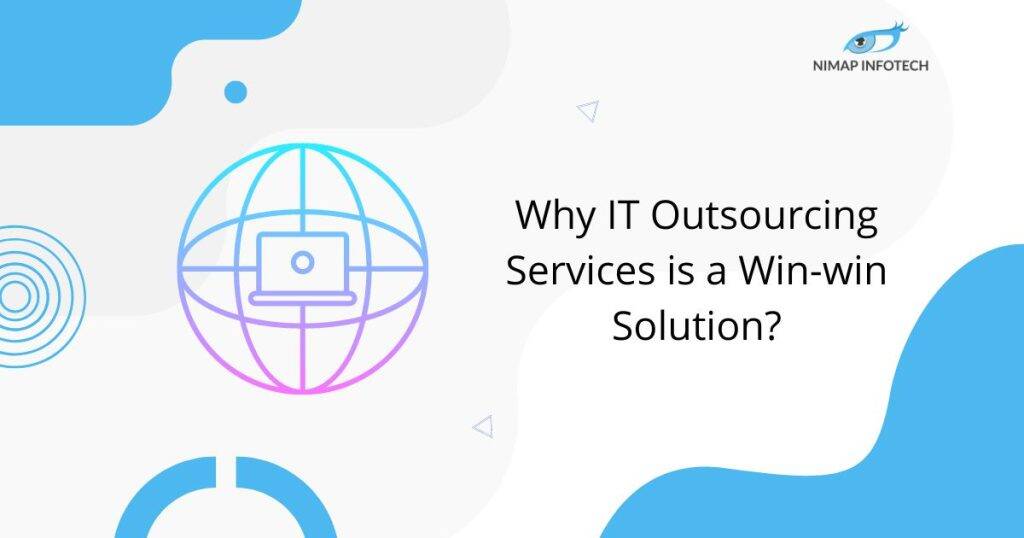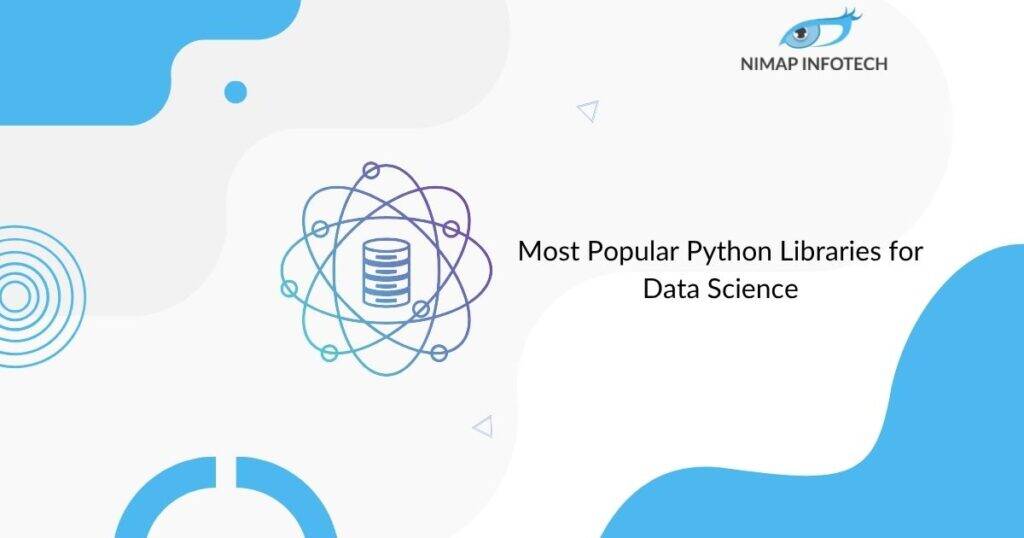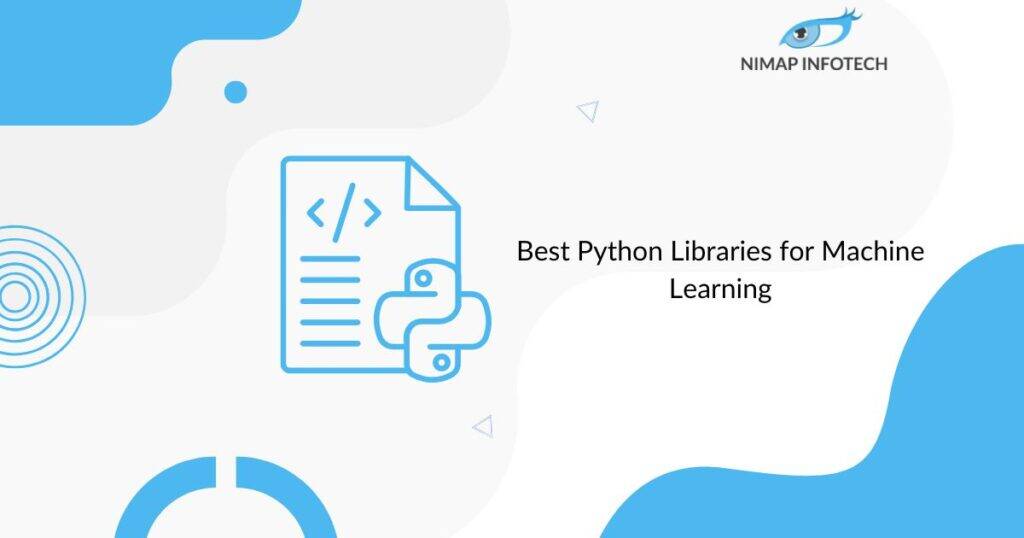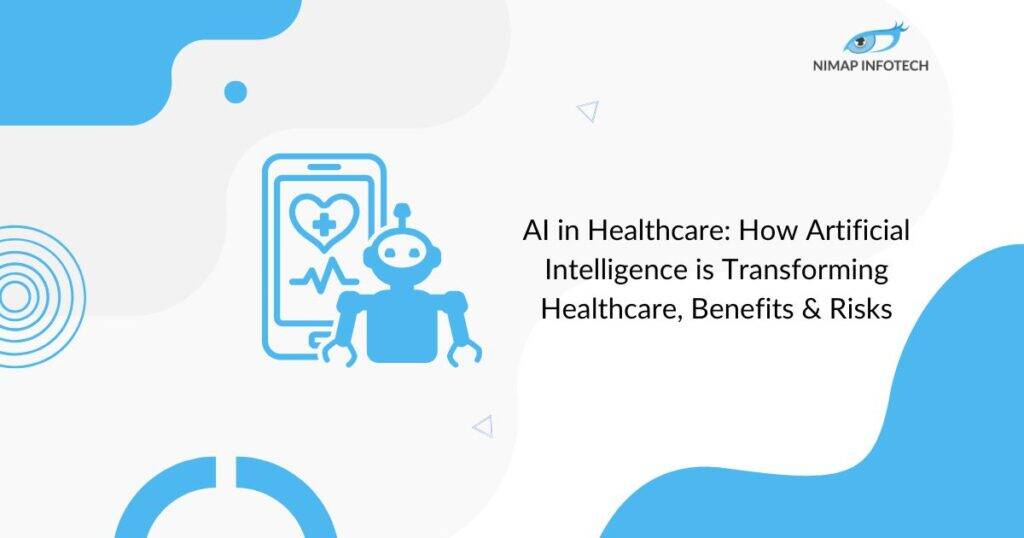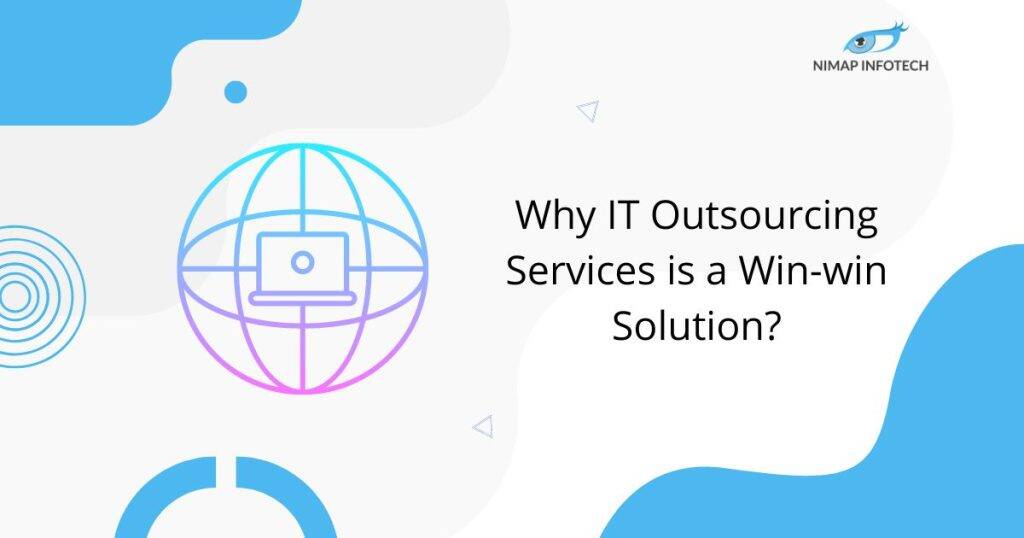What is Composable Technology?
Composable technology is a fast-evolving, innovative approach to creating and maintaining corporate software solutions. It is transforming the way small businesses and large corporations function by enabling them to build their systems from loosely linked, modular components. An infinite number of component combinations pushes the boundaries and allows unparalleled business agility, flexibility, and scalability.
Today’s composable technology is fundamentally a digital transformation model built on an ecosystem of individual architectural parts from many vendors. Organizations can combine these pieces to create best-in-class end-to-end applications, services, and systems. The BYOE (Bring Your Own Experience) technique is a method where individuals bring their own experiences to share their knowledge and experiences.
Advantages of Composable Technology –
Increased Flexibility:
- Composable technologies enable businesses to create custom software applications quickly and easily.
- Businesses utilize pre-built components to construct highly customized applications without starting from scratch each time.
- This means that organizations can react swiftly to market developments and consistently meet their customers’ changing expectations.
Reduce Costs:
- Composable technology leads to substantial cost reductions.
- Organizations can save money and time by removing the need for expensive and laborious software redesigning or development from the ground up. This method reduces the likelihood of costly errors and delays.
Improve Efficiency and Reduce Downtime:
- Composable technology, which consists of modular, interoperable components, enables faster software development and deployment.
- This means firms can get new apps up and running faster, increasing efficiency and reducing downtime.
- Furthermore, the modular structure of infrastructures allows them to be updated or replaced without interrupting the overall system.
Also Read: Custom Software Development: Everything You Should Know in 2024
Better Collaboration and Integration:
- The composable strategy entails integrating various systems and applications into a single IT environment that encourages information interchange and easy collaboration among departments.
- Microservices facilitate efficient collaboration by enabling teams to work on different application sections separately. They facilitate the adoption of new technologies and third-party services, enhancing interoperability and reducing vendor lock-in.
Composable Technology’s Key Components and Core Principles –
If you wish to build a composable business, you should understand the key ideas of the technology.
Openness:
- Allow various components to interact effortlessly, regardless of technology stack or vendor.
Abstraction:
- The goal is to simplify the process of creating apps by separating developers from the complexities of the underlying infrastructure.
Modularity:
- Focus on decomposing complex structures into smaller, reusable components like microservices and APIs, enabling swift creation and dismantling of new applications.
Automation:
- Use automation to streamline the process of developing, testing, and deploying software components.
- This strategy can reduce errors, and enhance the speed and reliability of software distribution.
The fundamental components of the composable approach that you have to integrate into your software infrastructure are given below:
Microservices –
Modularity, as the foundation of the composable architecture, is achieved through the use of microservices, which are small, independently deployable services that collaborate to construct a bigger application. Each microservice executes a specified activity and communicates with other microservices via APIs.
By partitioning intricate systems into smaller, detached microservices, developers expedite software development and deployment. Microservices enable easy upgrades and scaling of specific software components without the need to update the entire system. This approach may result in a faster time to market, higher quality, and more consistent with company needs.
Virtualization –
Virtual environments are necessary for composable infrastructure. The basic idea is that numerous virtual machines (VMs) run on the same physical server, each with its own operating system, programs, and data. It allows for more efficient use of hardware resources and the running of several software components on the same hardware without interruption.
Virtualization creates development and testing environments akin to production systems, facilitating easier disaster recovery and testing.
DevOps and Automation –
Composable technology deployment and operation need the use of DevOps and automation techniques. DevOps requires development and operations teams to collaborate and communicate for seamless coordination of modular services.
Containers –
Containers offer a lightweight and portable solution for packaging and deploying software components. Each containerized piece of software operates independently, yet communicates with other containers through APIs. This facilitates rapid development and deployment of microservices, ensuring consistent performance and scalability across different settings. Containers enhance maintenance and security by simplifying the process and minimizing conflicts between software versions.
Cloud Computing –
Composable organizations use cloud-based features to eliminate the need to manage their hardware and infrastructure. Cloud computing critically enables composable technology by providing flexible, on-demand access to computing resources, thereby simplifying modular application creation and deployment. Cloud computing enables developers to create complex, distributed systems that are scalable and robust.
Read More: Why Outsourcing Software Development to India is a Good Idea
Composable technology is one of the most effective methods for increasing software development productivity and quality. Learning how composable technologies function allows you to use them in your daily work to improve the productivity and efficacy of your development process.
If you have a requirement to develop custom software Nimap Infotech, a reputed software product development company can assist you in creating customized software by understanding your goals and objectives.
Author
-

Sagar Nagda is the Founder and Owner of Nimap Infotech, a leading IT outsourcing and project management company specializing in web and mobile app development. With an MBA from Bocconi University, Italy, and a Digital Marketing specialization from UCLA, Sagar blends business acumen with digital expertise. He has organically scaled Nimap Infotech, serving 500+ clients with over 1200 projects delivered.
View all posts



